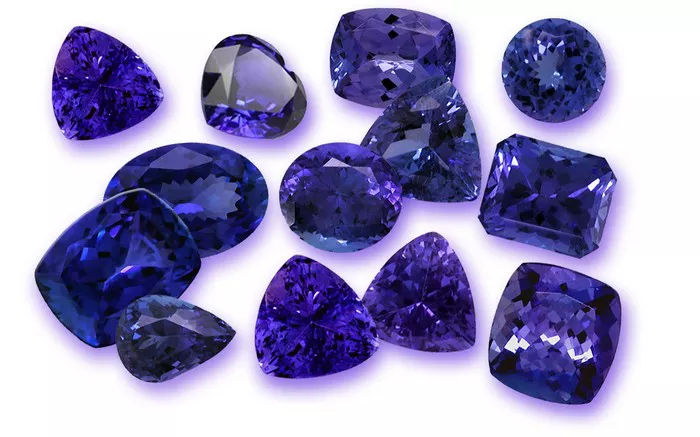Tanzanite, a mesmerizing gemstone known for its vivid blue-violet hues, has often been associated with affordability despite its striking beauty. This article delves into the factors contributing to the relatively low cost of tanzanite compared to other gemstones of similar allure and rarity.
Tanzanite, first discovered in 1967 in Tanzania, captivates with its unique color range from blue to violet, depending on its orientation. It quickly gained popularity in jewelry due to its rarity and exotic origin, but its pricing has remained surprisingly accessible in the gemstone market.
Geological Factors Influencing Price
Unlike diamonds and rubies, tanzanite is found in only one location globally—the Merelani Hills of northern Tanzania. Despite being geologically rare, several factors contribute to its affordability:
Limited Mining Operations
Tanzanite mining operations are confined to a small area, primarily controlled by Tanzanian authorities. This limited access contrasts sharply with other gemstones that are mined in various regions worldwide, contributing to more competitive pricing structures.
Extraction Challenges
The process of extracting tanzanite from the earth involves significant challenges, including deep mining and geological instability. However, advancements in technology and mining practices have somewhat mitigated these challenges, helping to maintain a consistent supply.
Market Dynamics and Demand Influences
Understanding the market dynamics and demand fluctuations is crucial in unraveling why tanzanite remains relatively inexpensive:
Consumer Perception and Awareness
While tanzanite has gained recognition, it still lacks the market prestige of diamonds or sapphires. Consumer perception plays a pivotal role, influencing demand and subsequently, the pricing strategy adopted by sellers.
Availability of Substitutes
Gemstones like sapphires and amethysts, while not identical, offer color options similar to tanzanite at varying price points. This availability of substitutes creates a competitive landscape that affects the perceived value and pricing of tanzanite in the gemstone market.
Economic and Trade Factors
Economic considerations and trade policies also impact the pricing of tanzanite:
Exchange Rates and Production Costs
Tanzanite mining and processing involve costs influenced by local economic conditions, labor expenses, and exchange rates. Fluctuations in these variables can influence the final retail price of tanzanite gemstones.
See Also: When Can Toddlers Wear Hoop Earrings
Market Accessibility and Distribution Channels
The accessibility of tanzanite through various distribution channels, including online platforms and auctions, affects market saturation and pricing strategies. Efficient distribution helps in reaching a broader audience, potentially stabilizing prices.
Cultural and Historical Significance
The cultural and historical context of tanzanite adds layers to its market positioning:
Short History and Contemporary Appeal
Unlike ancient gemstones with centuries-old allure, tanzanite’s short history impacts its perceived value. Modern consumers, while drawn to its beauty, may not attribute the same historical significance compared to other gemstones with rich mythologies.
Jewelry Industry Trends
Tanzanite’s popularity in the jewelry industry fluctuates with fashion trends and designer preferences. Collaborations and endorsements by prominent figures can influence demand spikes, briefly affecting pricing dynamics.
Environmental and Ethical Considerations
Ethical mining practices and environmental sustainability increasingly influence consumer choices and market trends:
Responsible Sourcing and Certification
Efforts toward responsible sourcing and certification of tanzanite aim to address ethical concerns and support sustainable mining practices. These initiatives resonate with conscientious consumers, potentially influencing purchasing decisions.
Regulatory Compliance
Adherence to international trade regulations and ethical standards plays a pivotal role in shaping the tanzanite industry’s reputation and market credibility. Compliance ensures transparency and accountability in gemstone procurement and distribution.
Conclusion
In conclusion, the affordability of tanzanite stems from a complex interplay of geological rarity, market dynamics, economic factors, and cultural perceptions. While its allure remains undeniably captivating, understanding why tanzanite is relatively inexpensive involves exploring these multifaceted influences shaping its pricing in the global gemstone market.
By unraveling the mysteries behind tanzanite’s pricing, consumers and enthusiasts alike can appreciate its beauty while discerning its unique place in the world of gemstones.

